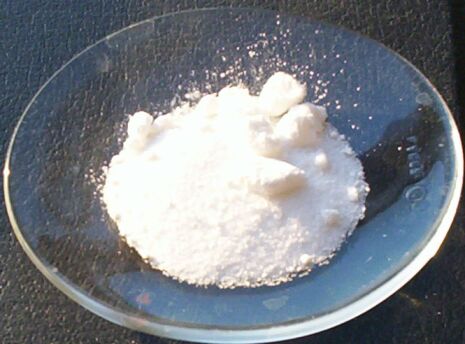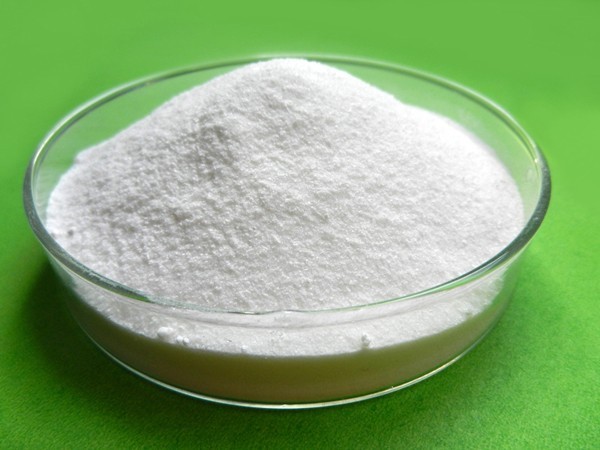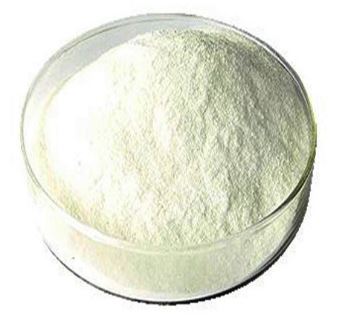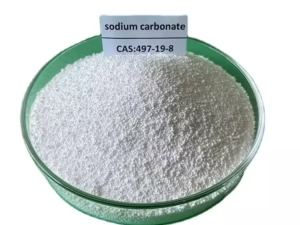Description
Sodium Metabisulfite: A Versatile Compound with a Wide Range of Applications
Sodium metabisulfite (Na₂S₂O₅), also known as sodium pyrosulfite, is a white, crystalline or powdered inorganic compound with a distinct sulfur dioxide-like odor. This chemical has a wide range of applications across various industries, primarily due to its reducing, antioxidant, and antimicrobial properties. While often used safely and effectively, understanding its properties, applications, and potential drawbacks is crucial.
Properties and Chemical Behavior:
Sodium metabisulfite is a sulfur-containing chemical that readily dissolves in water to form sulfur dioxide (SO₂) and sodium bisulfite (NaHSO₃). This release of SO₂ is responsible for many of its characteristic effects. Its chemical properties make it a versatile compound, acting as:
- Reducing Agent: It can donate electrons, making it useful in removing oxygen and preventing oxidation.
- Antioxidant: By reacting with oxygen, it prevents the oxidation of other substances, preserving their quality and shelf life.
- Antimicrobial Agent: It inhibits the growth of bacteria, yeasts, and molds, making it useful in food preservation and sanitation.
Applications Across Industries:
The unique properties of sodium metabisulfite make it indispensable in various industries:
- Food Industry: This is perhaps where sodium metabisulfite is most widely known. It serves as a preservative, antioxidant, and bleaching agent. It’s used in:
- Wine Making: To inhibit unwanted microbial growth, prevent oxidation, and clarify the wine.
- Dried Fruits and Vegetables: To prevent browning and maintain their color and texture.
- Fruit Juices and Concentrates: To prevent spoilage and maintain flavor.
- Soft Drinks and Beer: As a stabilizer and antioxidant.
- Seafood Preservation: To prevent melanosis, a darkening discoloration.
- Photography: Sodium metabisulfite is used in developing solutions to prevent oxidation of the developer and as a clearing agent.
- Textile Industry: It’s used as a bleaching agent for wool, cotton, and other fibers, and as a dechlorinating agent to remove excess chlorine after bleaching.
- Water Treatment: It’s employed to remove residual chlorine from water, making it suitable for various applications, including aquarium water and industrial processes.
- Leather Industry: It’s used in tanning processes and as a reducing agent.
- Pharmaceutical Industry: Used as an antioxidant and preservative in some pharmaceutical formulations.
- Mining Industry: Used in the extraction of gold and other metals.
Safety Considerations and Potential Risks:
While generally considered safe when used appropriately, sodium metabisulfite can pose risks for certain individuals:
- Sulfites Sensitivity: Some individuals, particularly those with asthma, are sensitive to sulfites. Exposure can trigger allergic reactions, including difficulty breathing, hives, and, in severe cases, anaphylaxis.
- Irritation: Direct contact with sodium metabisulfite can cause irritation to the skin, eyes, and respiratory tract.
- Environmental Impact: Large-scale discharge of sodium metabisulfite into the environment can impact aquatic life due to its reducing properties and potential to deplete oxygen.
Important Precautions:
- Proper Labeling: Food and products containing sodium metabisulfite must be clearly labeled to inform consumers about its presence.
- Safe Handling: Always wear appropriate personal protective equipment (PPE), such as gloves, goggles, and a respirator, when handling sodium metabisulfite.
- Storage: Store in a cool, dry, and well-ventilated area, away from incompatible substances.
- Concentration Control: Use sodium metabisulfite at the recommended concentrations to avoid excessive exposure and potential side effects.
Conclusion:
Sodium metabisulfite is a highly versatile chemical compound with a wide range of applications across various industries. Its reducing, antioxidant, and antimicrobial properties make it an invaluable tool for food preservation, industrial processes, and other applications. However, it’s essential to be aware of its potential risks, particularly for individuals with sulfite sensitivities, and to handle it with care, following safety guidelines to minimize exposure and ensure responsible use. Understanding both the benefits and limitations of sodium metabisulfite is key to harnessing its power safely and effectively.










Reviews
There are no reviews yet.